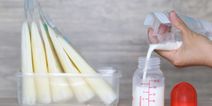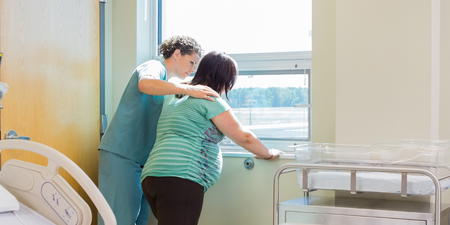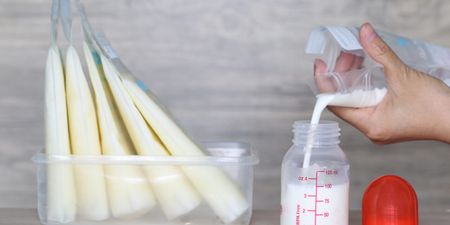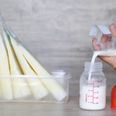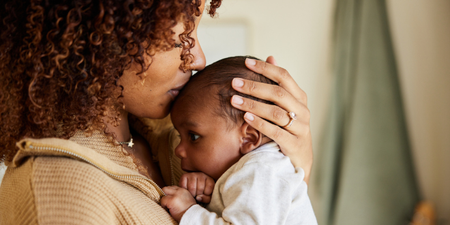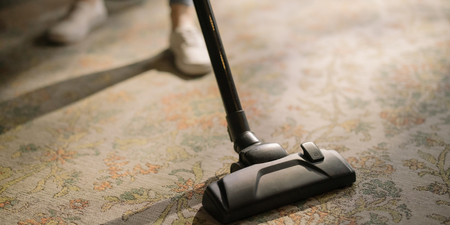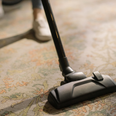Breastfeeding is never a straightforward journey
A midwife has shared a helpful tip for dealing with clogged milk ducts.
When treated immediately when you become aware of it, she explained, a clogged milk duct will typically decrease in size or go away after a couple of days.
Though, when left untreated, it can lead to more serious complications, such as mastitis or a breast abscess.
Discovering a clogged milk duct
The trick, my community midwife informed me, is to spot a clogged duct early, and she explained the signs to look out for could be either a small lump (like pea-sized or even smaller), a boob that feels tender or if you notice your baby is fussing a lot when feeding from one boob.
It could mean the flow is slower, something which could be caused by a blocked milk duct.
Clearing a clogged milk duct
If you think you have a blocked milk duct, the first thing to do is not to panic, said my midwife.
Remember that when breastfeeding, it is extremely common to have blocked milk ducts from time to time, and in the vast majority of cases, these are super-easy to sort out. Her best bit? Get your baby to help you!

“What you need to do if you think you have a block milk duct, is to make absolutely sure you empty your breast completely at every feed,” my midwife said.
“My best tip is to let your baby feed as often and for as long as possible on the breast in question. Your baby will such harder at the start of a feed as she is hungry, so always start off on the breast where you suspect you might have a blocked duct.
“And you can help her out by positioning her nose or chin toward the blocked duct, which will help massage your breast at the right spot, and help clear the duct and dislodge the blockage.”
Another great tip she gave is to use a warm washcloth and gently massage your breast before or after each feed to help get your milk flowing, or even use a breast pump after every feed, just to make completely sure your breast is emptied.
However, if your breast still feels tender and sore the next day, and looks more red than usual – and if the lump is still there – call your GP, as you could be about to develop mastitis.
READ MORE:
- Robert Pattinson and Suki Waterhouse have welcomed their first child
- Pregnancy to Perimenopause: Five causes of itchy breasts
- Ashley Tisdale announces she is pregnant with her second child
- Weather: Easter weekend is set to bring a mix of sunshine and showers



